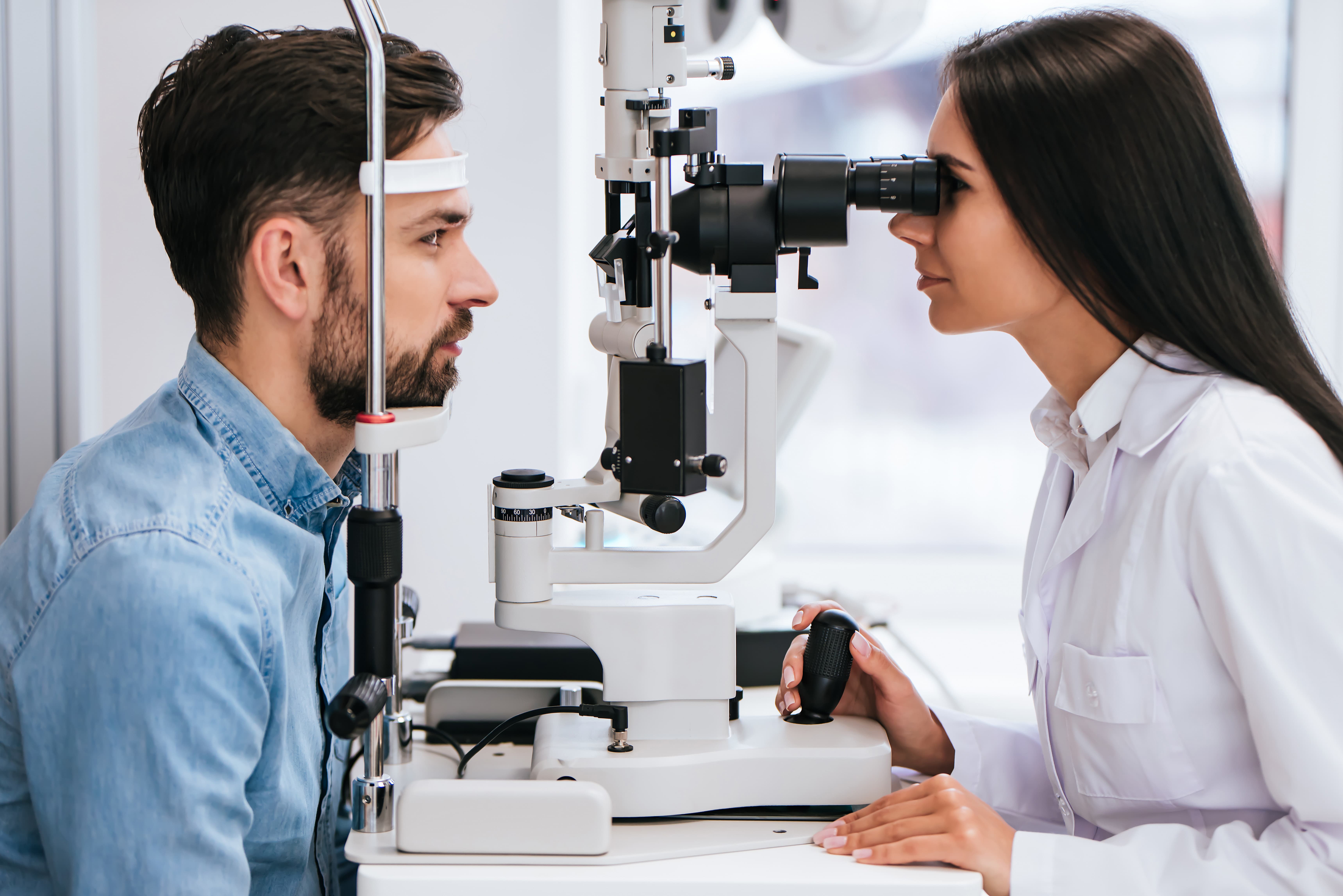The start of a new year is a good time to pause, reflect on where we have come from, and look to the future; perhaps this year, more than ever, three years on from the emergence of COVID-19. In that time we have learned about ourselves and our professions and more importantly, so have others: about what optometry and optics can do and what they can offer.
The World Health Organization (WHO) has stated that eye care needs to be an integral part of universal health coverage. And to help make that happen in May 2022 they published Eyecare in health systems: guide to action to provide practical, step-by-step support to Member States in the planning and implementation of integrated people-centred eye care (IPEC). So the time is clearly right to take those lessons and build for the future.
As the ECOO Blue Book shows, the scope of practice in optometry and optics varies across Europe. This means in turn that the extent to which eye care professionals play a role in delivering eye health services also varies. At ECOO’s autumn General Assembly meetings, delegates considered what we mean by “comprehensive eye care” and why it matters. ECOO members reported that across all countries eye care professionals are now being recognised as important parts of the health system, in ways that had not been the case before.
Countries will develop models to suit their own citizens and health systems, but they can still learn from each other. In the Netherlands, for example, work is underway to roll out a national programme for ophthalmology – Right Eye Care in the Right Place. It will require changes in approach from all partners, and there a challenges to get it right, to make sure that the funding model works, that quality is upheld and that the wishes of patients are fully taken into account. But as Gabrielle Janssen, President of the Optometrists Association of the Netherlands (OVN) says, “I think a different model of delivery of care will help prevent avoidable blindness and poor vision. For the patient, a treatment option is added outside the hospital and therefore closer to home. GPs, optometrists and ophthalmologists become jointly responsible for all patients with eye problems.”
In most countries in Europe, the provision of eye and vision care services and the supply of optical appliances to patients are intertwined. While this might argue for the need for careful management of how eye care services should be delivered, there can also be benefits in keeping these services together. Patients rightly expect a high standard of eye care and are no longer happy with partial solutions which push them from one profession to another. Patients who experience more comprehensive services welcome and value them and the professionals who provide them. As ECOO President, Matjaž Mihelčič, has noted, “This all also speaks for the benefits of collaboration and an interdisciplinary approach. Optometry and optics are best suited to be at the intersection of ever-growing demand for a holistic approach in eye and vision care.”
You can download a PDF of this article here. The WHO Eye care in health systems: guide for action can be accessed here. And ECOO’s Blue Book here. A full article on the Dutch Right Eye Care in the Right Place can be read here.

